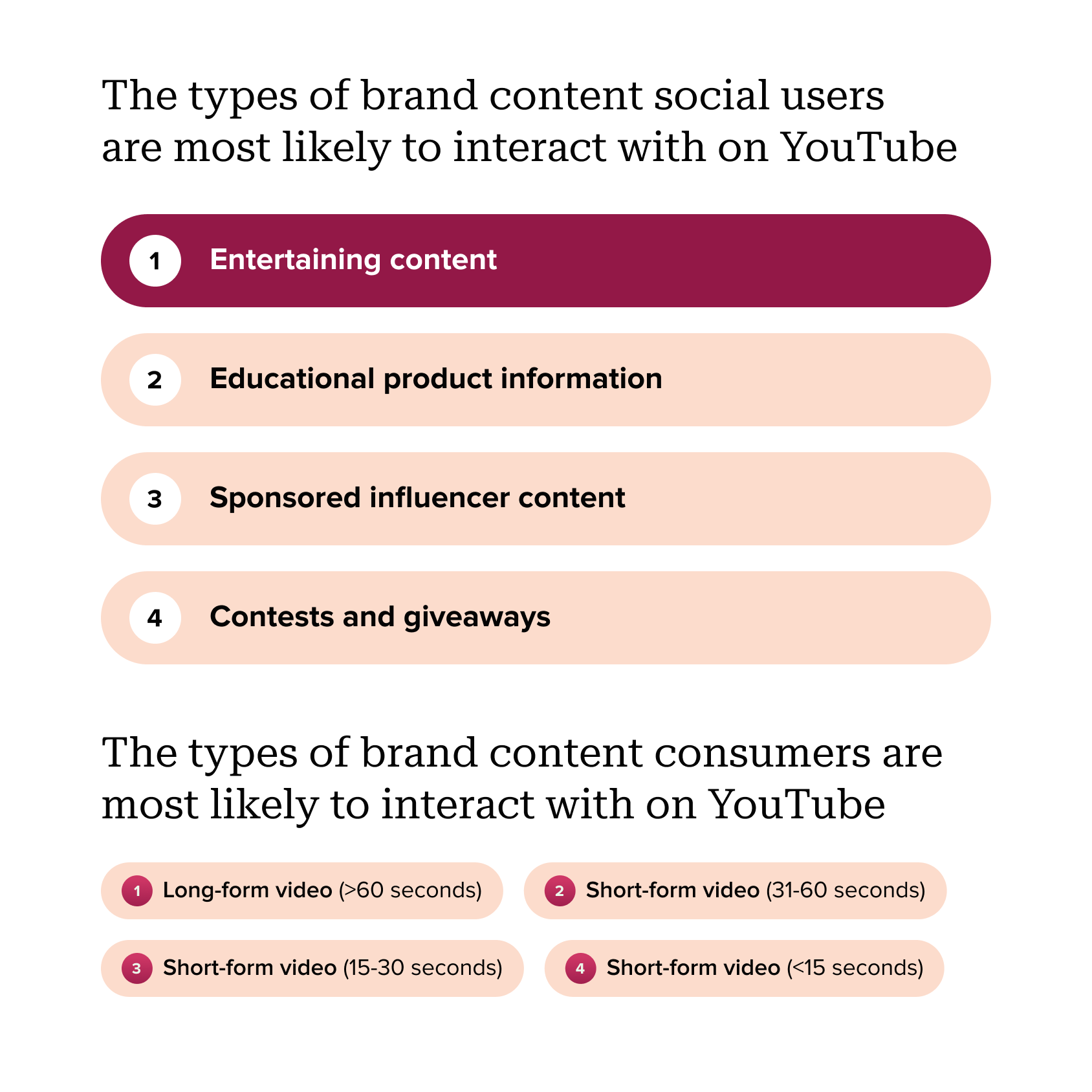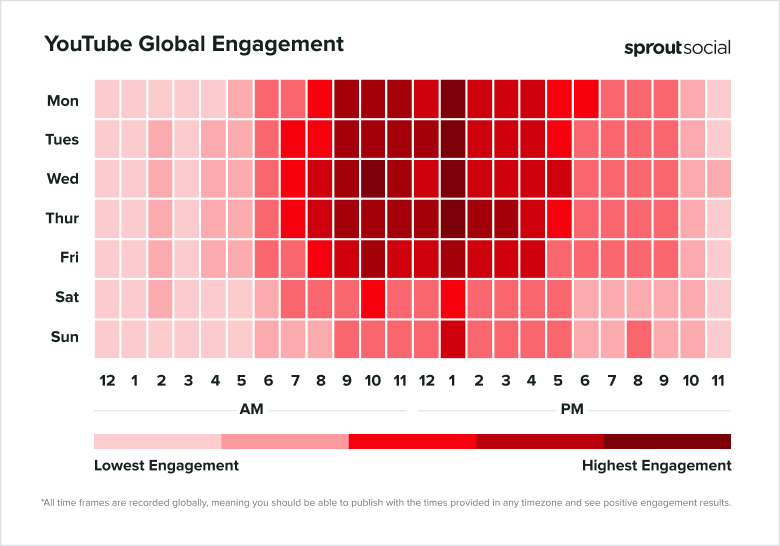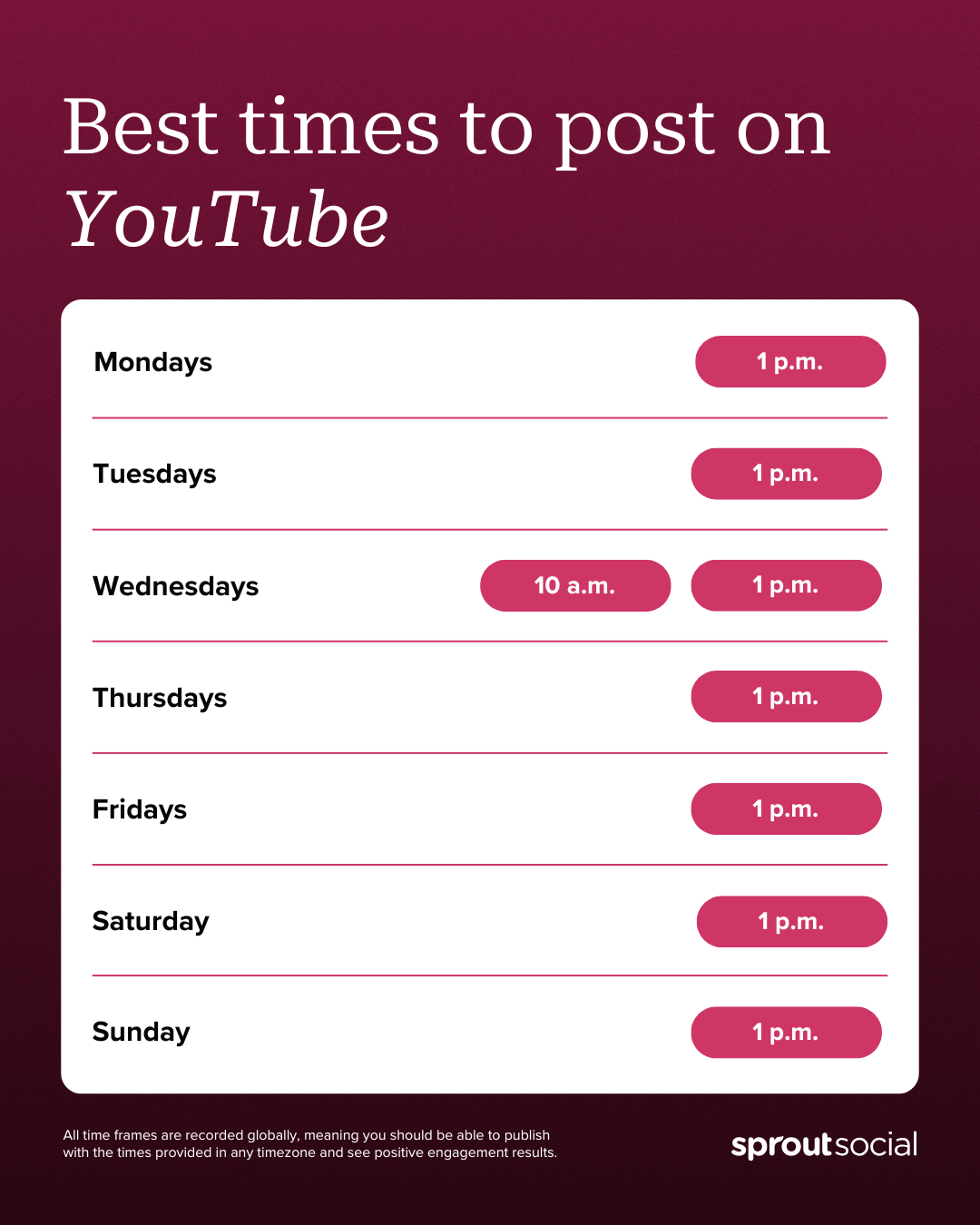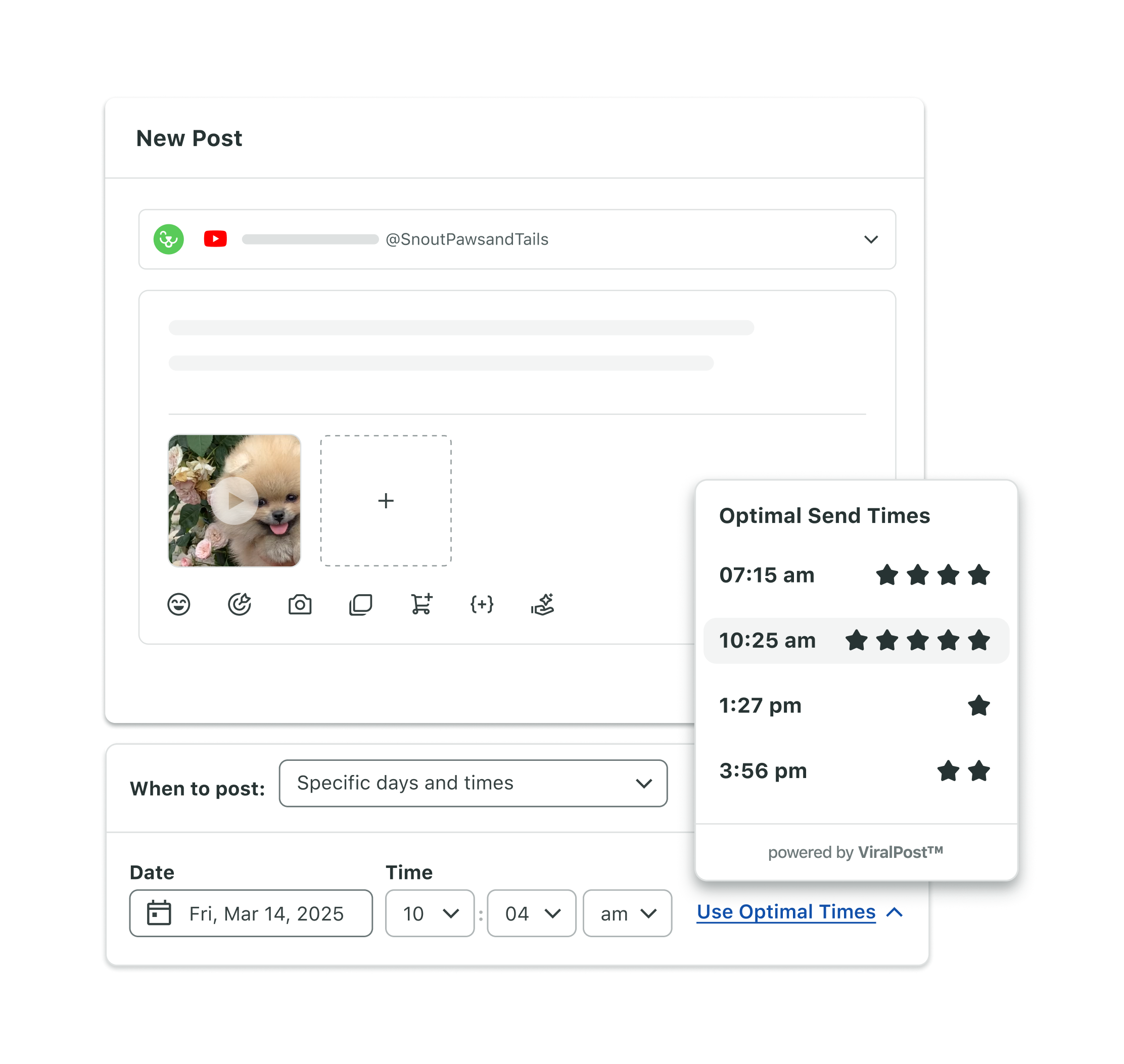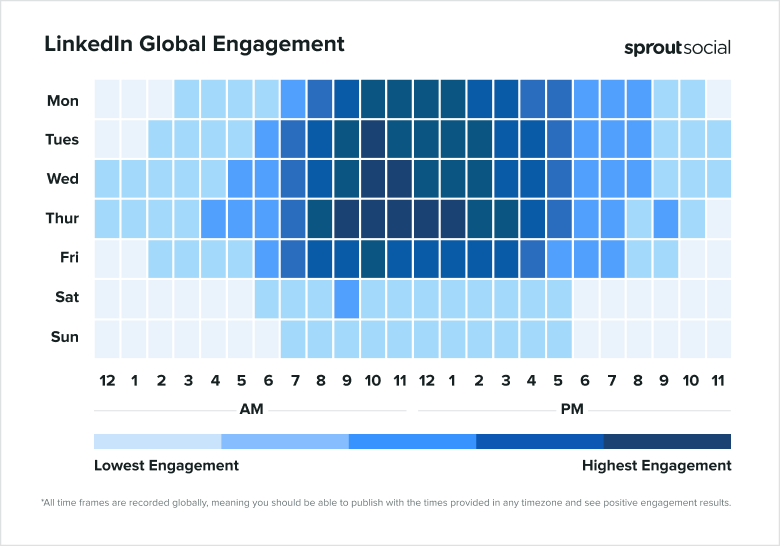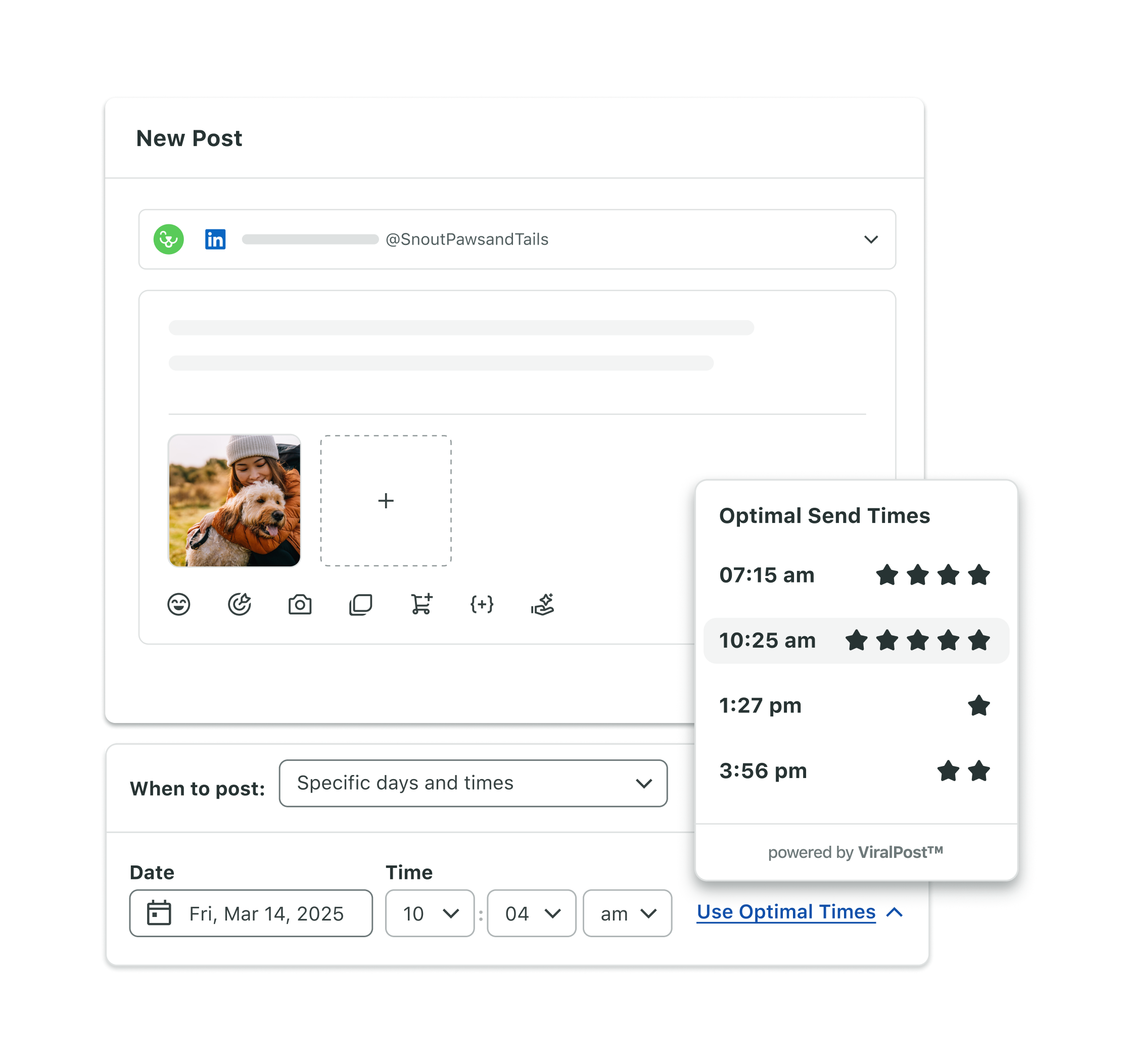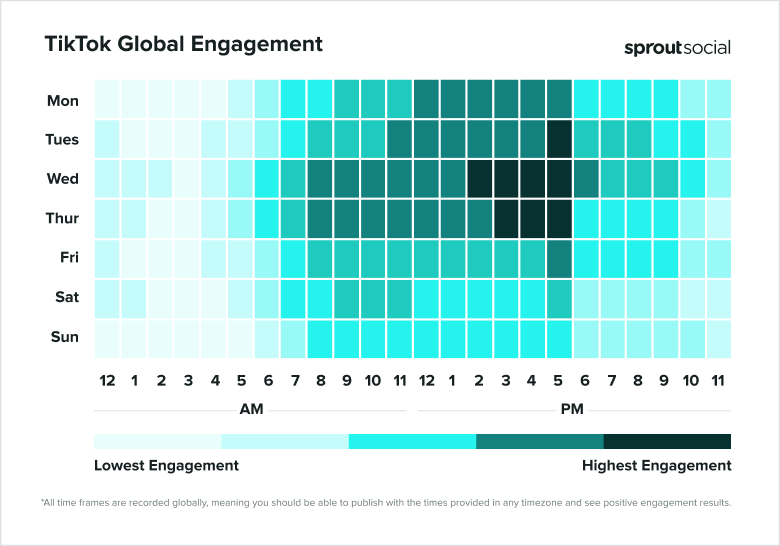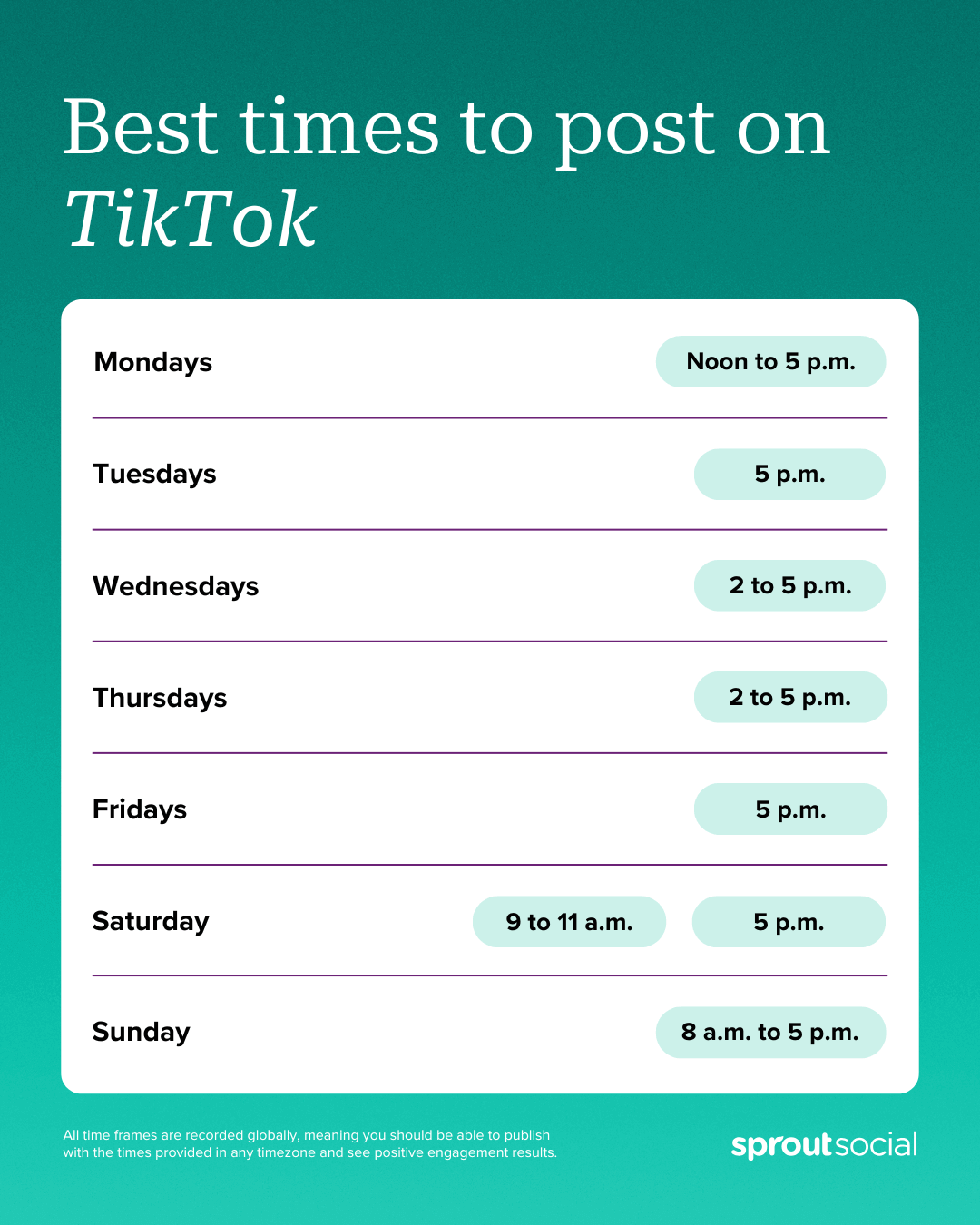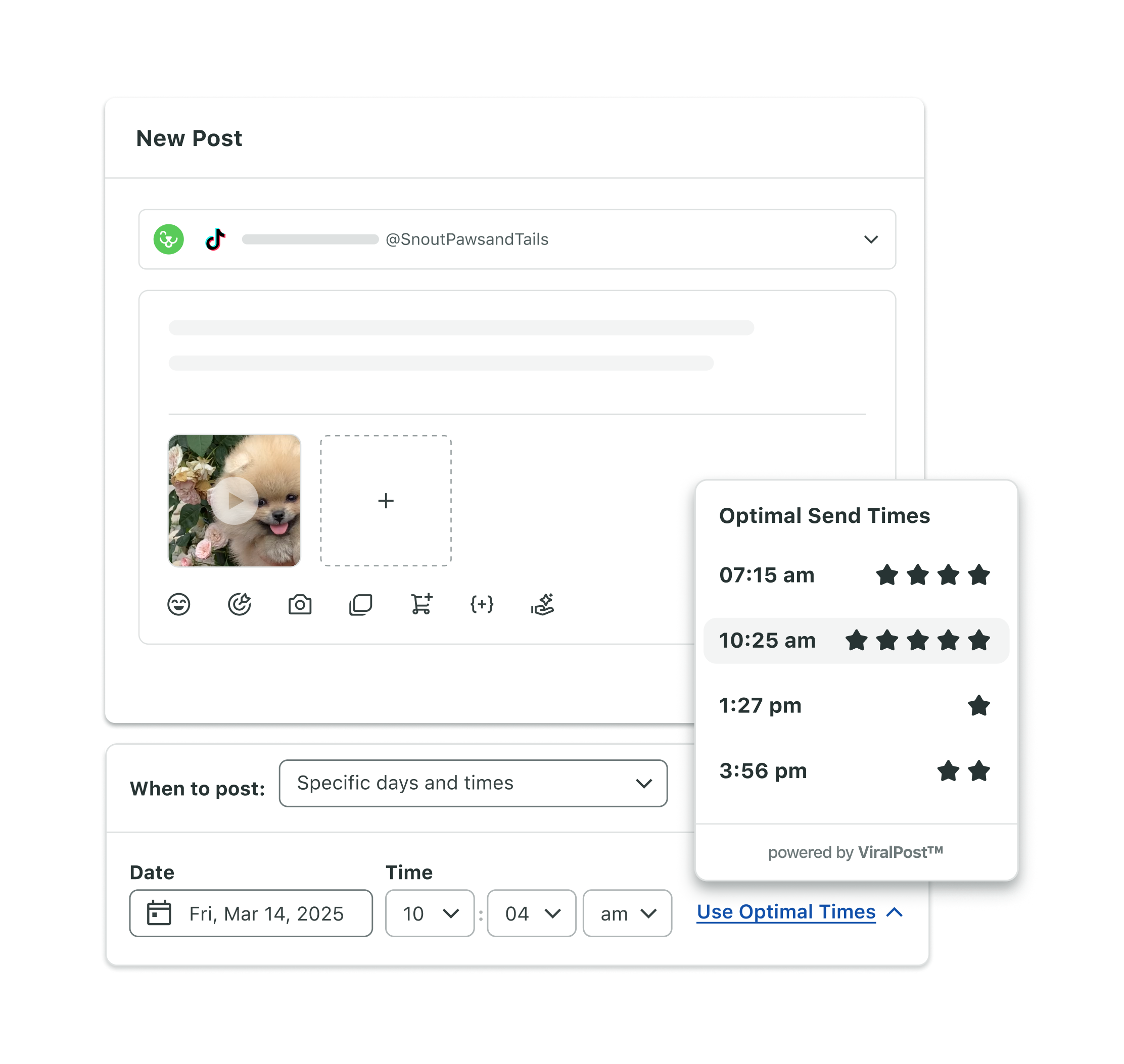If you know teens, you know they’re not texting to communicate—they’re sending Snapchats.
With 453 million daily active users globally, Snapchat reaches more than 75% of 13–34 year olds in over 25 countries, with approximately 80% of Snapchatters over the age of 18. Younger audiences use the platform to stay connected with friends, family and their favorite creators.
But what’s the best way for brands like yours to use the app?
Snapchat’s distinctive features and authentic vibe make it an excellent avenue for influencer marketing. This playbook will help you harness the power of Snapchat influencer marketing with guidance on forging partnerships, creating engaging content and tracking business results.
Bonus Resource: Streamline your influencer marketing strategy with our ultimate toolkit. Get a ready-to-use brief template, a flexible contract template and exclusive research on what drives successful influencer partnerships—all in one place.
Why Snapchat should be a part of your influencer marketing mix
In a crowded social media landscape, marketers need to be strategic about where they invest their influencer marketing budgets. While platforms like Instagram and TikTok often dominate conversations about influencer strategy, Snapchat offers distinct advantages that many brands overlook—particularly when trying to connect authentically with all ages.
Snapchat’s unique position as a network built on real, unfiltered communication between close friends creates an environment where creator partnerships feel less like traditional advertising and more like trusted recommendations.
But don’t just take our word for it. In a recent webinar on Snapchat influencer marketing, we sat down with Fintan Gillespie, Snap Inc.’s Director of U.S. Revenue Partnerships, who shared compelling stats that highlight why brands should be paying attention:
- The number of creators actively posting content on Snapchat grew approximately 40% year-over-year in Q4 2024, offering brands an expanding pool of potential partnerships.
- 85% of Snapchatters who made a purchase based on content they saw on the platform were influenced by creator content.
- 91% of Snapchatters report feeling happy when using the app, creating an ideal emotional context for brand partnerships that traditional advertising channels can’t match.
When integrated with your broader social media marketing strategy, Snapchat influencer collaborations can significantly extend your reach and impact with younger audiences.
How to define your Snapchat strategy
Before partnering with influencers, you need a clear Snapchat marketing strategy that aligns with your business objectives. Here’s how to build a solid foundation:
Identify your audience segments
Understanding who you’re trying to reach on Snapchat is crucial. The network has distinct user demographics and behaviors that can inform your influencer strategy. In fact, per Snap’s 2024 How We Snap Report:
- Women are more likely to watch stories from friends and family, while men watch stories from content creators.
- 64% of students have made a purchase influenced by Snapchat.
- Child-free adults on Snapchat have unique interests in travel compared to users at other life stages.
Use Snapchat’s Audience Insights or social listening tools to research your specific target audience’s preferences, content consumption habits and engagement patterns. Understanding these behaviors allows you to select creators who genuinely resonate with the segments most valuable to your brand.
Set clear campaign objectives
Define what you want to achieve with your Snapchat influencer campaign. That might be:
- Brand awareness and reach
- Driving website traffic or app downloads
- Generating leads or conversions
- Building community and engagement
Each objective requires different content approaches and measurement frameworks. For example, awareness campaigns might focus on creative Snapchat Lenses that generate many impressions, while conversion campaigns might use swipe-up links within Stories.
Establish campaign parameters
Determine the practical elements of your campaign:
- Budget allocation: How much will you invest in creator partnerships vs. paid amplification?
- Campaign duration: Will this be a one-time activation or ongoing partnership?
- Content guidelines: What key messages should be included? What’s your brand voice?
- Approval processes: How will content be reviewed before publishing?
- Performance metrics: What KPIs will determine success?
Having these parameters defined upfront makes influencer selection and management more straightforward.
Partner with the right Snapchat influencers
To optimize your influencer marketing strategy on Snapchat, it’s crucial to collaborate with the right influencers. Conduct thorough research to identify influencers whose values align with your brand, who resonate with your target audience and who can help you achieve your campaign objectives.
Here are four factors to keep in mind when searching for Snapchat influencers:
1. Relevance matters
The most important factor in influencer selection isn’t follower count—it’s relevance. Look for creators whose content and audience align with your brand values and target demographic.
A beauty brand targeting Gen Z would benefit more from partnering with a mid-tier beauty creator with highly engaged Snapchat followers than a celebrity with broader appeal but less relevance.
Use Sprout Social Influencer Marketing (formerly Tagger) to find Snapchat influencers who speak regularly about the topics most relevant to your brand. You can check out their content—including saved Stories, Spotlight posts and Public Stories—from directly within the platform.
2. Prioritize engagement, not just follower count
On Snapchat, engagement metrics like story completion rates and screenshot counts often provide better insight into an influencer’s impact than follower numbers alone.
While a large follower count is appealing, high engagement rates are a truer measure of an influencer’s impact. Focus on influencers who receive substantial interaction on their posts, such as comments, shares and views.
3. Build long-term relationships
Develop long-term relationships with key influencers. Consistent partnerships lead to more authentic and impactful collaborations.
Consider turning successful influencers into brand ambassadors. Ambassadors can provide a steady stream of content and maintain a continuous connection with their audience.
Harness Snapchat’s unique features
Like any social platform, unique features are what keep audiences coming back. Build your campaigns around Snapchat’s functionality to create content that resonates.
Stories
Stories remain Snapchat’s core content format, allowing influencers to create sequences of photos and videos that disappear after 24 hours. Snap Stars (Snapchat’s verified creators) have two primary ways to engage with their communities:
- Public Stories: Best for brands wanting to gain organic traction with the Snap Star’s followers
- Spotlight: Best for brands wanting to engage with a wider audience than just the Snap Star’s followers (Spotlight now reaches more than 500 million monthly active users)
Snapchat Stories are ideal for sharing temporary, engaging content that creates urgency. Use Stories for behind-the-scenes glimpses, product launches and exclusive previews. Collaborate with influencers for Snapchat takeovers to give their followers direct access to your brand.
Geofilters
The future of influencer marketing will extend beyond the screen. According to Sprout Social’s 2024 Influencer Marketing Report, most consumers agree they’re more likely to buy from brands who partner with influencers on more than just social content—like IRL events.

To capture this intent, use influencers and geofilters to bring event activations to life. Design branded geofilters for specific events or locations, and have your influencers apply them. Anyone in the area can use these filters, boosting brand visibility and encouraging user interaction.
Lenses
Snapchat’s AR lenses offer some of the most engaging options for influencer collaborations:
- Branded face lenses: Create fun transformations that incorporate your products or brand elements
- World lenses: Develop AR experiences that interact with the user’s environment
- Shoppable lenses: Allow users to virtually try products before purchasing
Incorporate Snapchat Ads
Creator Ads drive performance across the funnel, with recent research showing that Creator Ads on Snap lead to higher lifts in product detail page visitation rates and purchases.
In fact, Snapchat beat both TikTok and Instagram in creator-driven shopping, with 85% of social shoppers who made a purchase due to Snapchat content saying they were influenced by creator content.
The most effective approach often combines organic influencer content with paid amplification, using the creator’s authentic voice while extending reach through Snapchat’s targeting capabilities.
Craft authentic and engaging content
Sprout’s 2024 Influencer Marketing Report also found that the best brand and influencer collaborations are honest and unbiased, entertaining or educational.

Keep those factors in mind while building your content strategy, and use the tips below to craft engaging content.
Stay authentic
Allow influencers the freedom to present your brand in their unique style. Authenticity resonates strongly with their audience, making the content more impactful. Collaborate closely with influencers to co-create content that’s both creative and aligned with your brand messaging, but let them guide the approach to foster innovation and engagement.
Take audiences behind-the-scenes
Humanize your brand with behind-the-scenes content. This approach makes your brand more relatable and accessible. Encourage influencers to tell a story through their snaps and give audiences a sneak peek at what it’s like to work with your brand. Storytelling makes the content more engaging and memorable for the audience.
Share user-generated content
Encourage influencers to share user-generated content (UGC). This strategy helps boost engagement while building credibility and trust in your brand. It fosters a sense of community, making followers feel valued and part of a larger group.
Beauty brand Clarins used UGC in combination with a variety of Snapchat ad formats, and it led to a 114% increase in qualified actions taken on their website.
Run contests and giveaways
Contests and giveaways are powerful tools for driving engagement. Partner with influencers to run these campaigns, offering followers chances to win exclusive products or experiences. Provide special deals or discounts to the influencer’s followers. This creates a sense of exclusivity and urgency, driving immediate action.
Stay updated with trends
Keep up with new Snapchat features and trends. Early adoption of new tools can give your brand a competitive edge and keep your content fresh. Be aware of cultural and social trends that resonate with your target audience, and incorporate these trends into your content to make it more relevant and engaging.
Take CeraVe, for example. The brand leaned into Snapchat’s AR trends and partnered with Snapchat creators for a campaign to raise product awareness.
Creators used AR to “apply” CeraVe products on screen while explaining the product’s benefits to viewers in real time.
Use analytics to understand performance
Dig into your native Snapchat analytics to see how your influencer campaign impacts real business results. Then, based on what you learn, iterate and improve your campaign strategy. Here’s what to do:
Track performance
Use Snapchat’s analytics tools to monitor the performance of your influencer campaigns. Key metrics include:
- Engagement metrics: Track interactions like views, shares and screenshots to gauge user interest.
- Reach and impressions: Measure the number of unique users who have seen your content and the total views.
- Story views and completion rates: Understand how many users view your stories and complete them.
- Swipe-ups: Monitor the number of times users swipe up for more information or links.
- Demographic data: Gain insights into the age, gender and location of your audience.
- Time spent: Measure how long users spend viewing your content.
- Conversion tracking: Track actions taken by users after viewing your content, such as website visits or purchases.
If you need deeper insights, like ROI metrics, consider a third-party influencer marketing tool. For example, Sprout Social Influencer Marketing can track earned media volume, cost per click and more.
For a full list of all the Snapchat influencer marketing metrics available through Sprout Social Influencer Marketing, check out this resource.
Refine your strategy
By analyzing audience behavior and preferences, you can tailor your campaigns to better meet the needs of your target audience. The data you collect can tell you the strength of specific influencer partnerships, the campaign content that resonates the most and what other opportunities exist to differentiate your brand. Turn your data into impact by finding insights and creating new ideas to refine your strategies.
Maximize Snapchat influencer marketing ROI
Using Snapchat in your influencer marketing strategy involves a blend of creativity, strategic planning and a deep understanding of the platform’s unique experience. By selecting the right influencers, crafting authentic content and effectively using Snapchat’s tools, brands can create impactful campaigns that resonate with their audience.
Use this playbook to build an influencer strategy that works, and learn how Sprout Social’s influencer marketing platform can help you execute Snapchat influencer marketing campaigns from start to finish.
The post The ultimate playbook to build a Snapchat influencer marketing strategy appeared first on Sprout Social.
from Sprout Social https://ift.tt/AkhrM9H
via IFTTT


